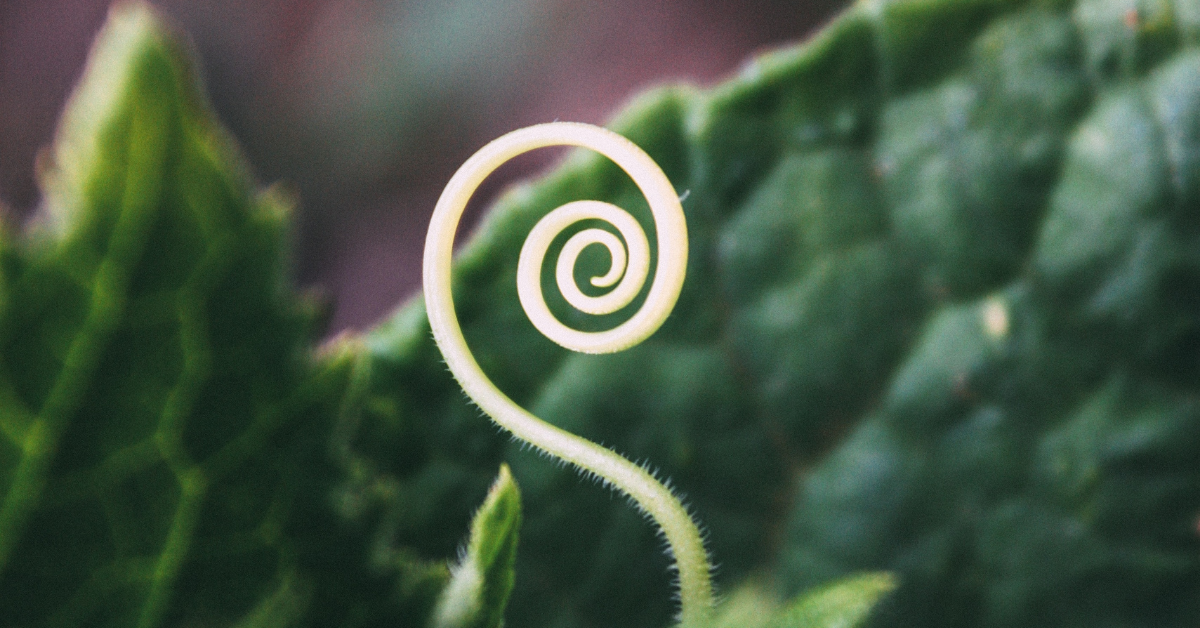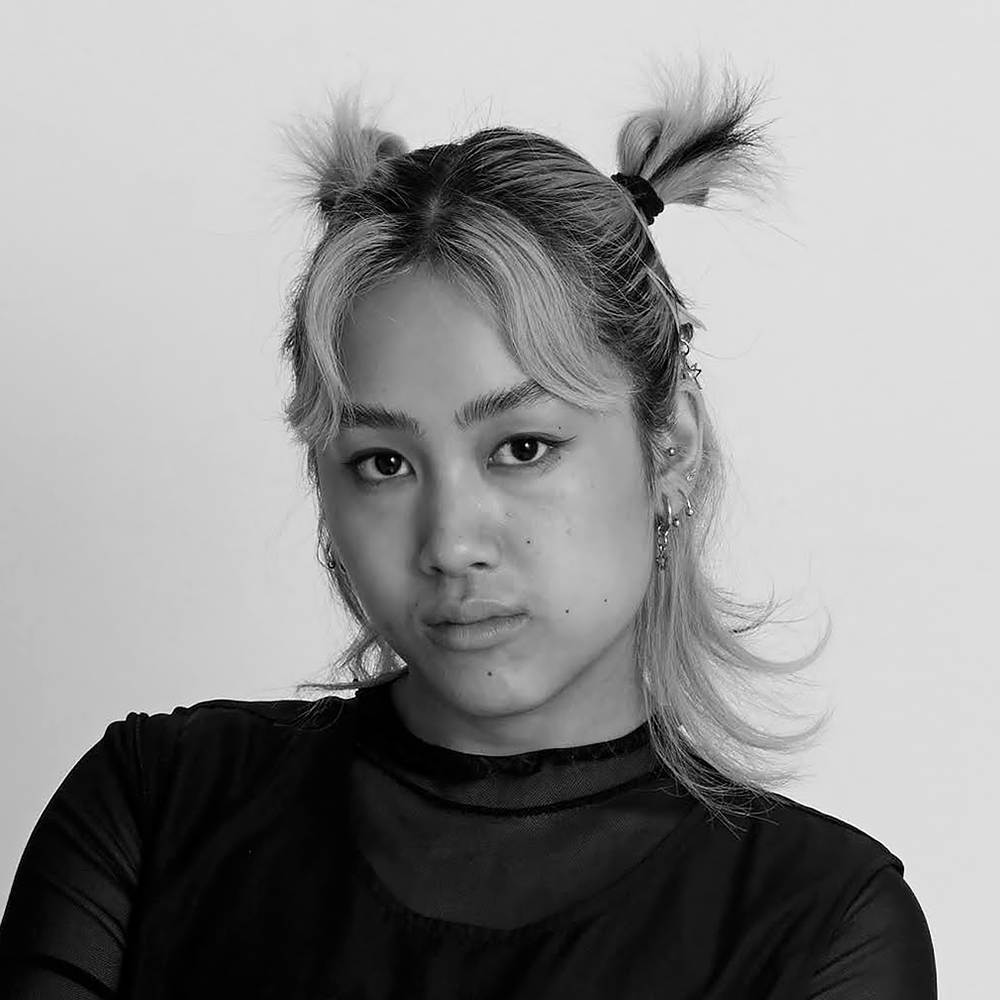Returning to artmaking after taking extended time away
If you’re an artist, you’ve probably experienced a moment—maybe even several—when you look back on a stretch of time and realize that you’ve created less art than usual, or even no art at all. Maybe you’re in the middle of some big changes, like becoming a parent, or attending to your mental health. You might be emerging from a particularly busy period, and just want to soak up some rest for the time being. Moving through different seasons is a normal part of both life and the creative process. But what happens when those short breaks in between your art sessions start stretching into weeks, months, or even years? How do we navigate longer, extended breaks away from our art practice and the emotions that may arise with them?
a culture of speed and scarcity
In my ideal world, artists would be able to take all the time and space needed to bring our creative visions to life without any feelings of guilt. Unfortunately, our world is one where the speed at which we can produce is often equated to our worth. On top of that, algorithms in the digital world can make it feel like if you’re not constantly creating and sharing, you’ll be forgotten forever. We’re constantly receiving messages that there aren’t enough opportunities for everyone to thrive, making artists feel like we need to compete with one another and be at the “top of our game.”
If you’re a working artist juggling multiple streams of income, your financial security may actually be dependent on your artistic output. Against this backdrop, intentionally or unintentionally taking a long break away from art can feel genuinely scary. It’s easy to look back and feel shame for not creating, and then to also look ahead and feel intimidated and unsure of your next steps. Is speed and scarcity the only way?
my experience
I am just now coming out of what I consider my first extended break away from artmaking. This unintentional break manifested itself after graduating from art school in the middle of 2020. The combination of graduating into the height of the COVID-19 pandemic and feeling burnt-out and disillusioned by art school deeply changed my relationship to creating. Suddenly, this one thing that had been so central to my life, to the point that I wanted to pursue it professionally, became something that I actively struggled to do.
After submitting my final thesis project for graduation, the days away from my art practice slowly turned into weeks, then the weeks turned into months, and next thing I knew, over a year had passed. While I was able to find joy in smaller-scale technical projects (big shout out to bookbinding and knitting), I missed the feeling of working on larger projects and struggled to bring bigger ideas past the brainstorming stage. As I saw friends on social media create amazing pieces, land cool creative gigs, and become working artists during this time, it was hard not to feel less than. I hadn’t made a larger work in so long and was working a full-time job that wasn’t even in a typical creative field. Did I still have the right to call myself an “artist”? Was my art career over before it even had a chance to start?
At the core, I knew this wasn’t true. However I had to let myself feel everything, all the fears, worries, and emotions, to finally reach the core truth that my inherent worth is not conditional on my creative output. As much as art deeply mattered to me, I was not my art. Being an artist is just one part of my identity as a multi-faceted human. During this long period away from creating, I also realized that I had internalized a lot of unhealthy ideas around what it meant to be a working artist. In my mind, “real” working artists were constantly doing residencies and receiving grants. They had their own studio spaces and made art everyday. They had substantial, highly engaged social media followings and made money from their work. And since I wasn’t making a full-time living through art, I wasn’t a “real” artist. This skewed perception was heavily shaped by what I saw on social media and the capitalist ideas of success many of us grew up with. Before trying to create anything new, I had to rebuild a healthier relationship between myself and my ideas around artmaking first.
like reconnecting with an old friend
I believe everyone returns to their creative practice in different ways and on personal timelines. Similar to reaching out to an old friend you haven’t spoken to in a while, you may experience a lot of unique emotions up until that first reunion. Nerves and excitement around how it’ll go. Worries that things might’ve changed too much, or it’s been too long. Will they like my new haircut?
As I began the process of reengaging with my art practice, I was still holding onto the idea that the amount of time I took away was “too long” and that I needed to create my magnum opus in order to make the time away “worth it.” I wanted inspiration and motivation to just hit me one day but in reality, the process of reengaging with my art practice was more of a slow burn than a quick spark. After feeling frustrated at my perceived lack of progress, I shifted my focus to exploration rather than expectation. I asked myself how I was actually feeling during the process, rather than mentally jumping ahead to the outcome. If I was enjoying it, that was all that mattered. As I continued to make more time for my creative practice, I was able to enjoy the in-the-moment artmaking more, regardless of how my attempts would turn out.
It took another year before I was able to see a larger-scale art project come to fruition, eventually being released out into the world in early 2023. It was a personal project unlike any other I had made before, and one that I am honestly very proud of. Looking back, I needed that extended time away from artmaking. I now have a new level of trust and patience with myself and my art, and can operate from the belief that each project will blossom exactly when it’s meant to. If and when I find myself in the middle of another long artistic pause, just like an old friend, it’ll never be too late to reach back out again.
About Anastasia Wardhana
Anastasia Wardhana is an interdisciplinary artist whose creative practice covers a range of different mediums, including book and zinemaking, film, writing, soft structures, and more. Outside of their artistic practice, you can find them taking dance classes, studying astrology, journaling, or daydreaming about where they want to travel to next. Throughout their work and life, their ultimate goal is to use art and storytelling to build collective empathy and create spaces, both physical and non-physical, where people are free to be their authentic selves without fear.


